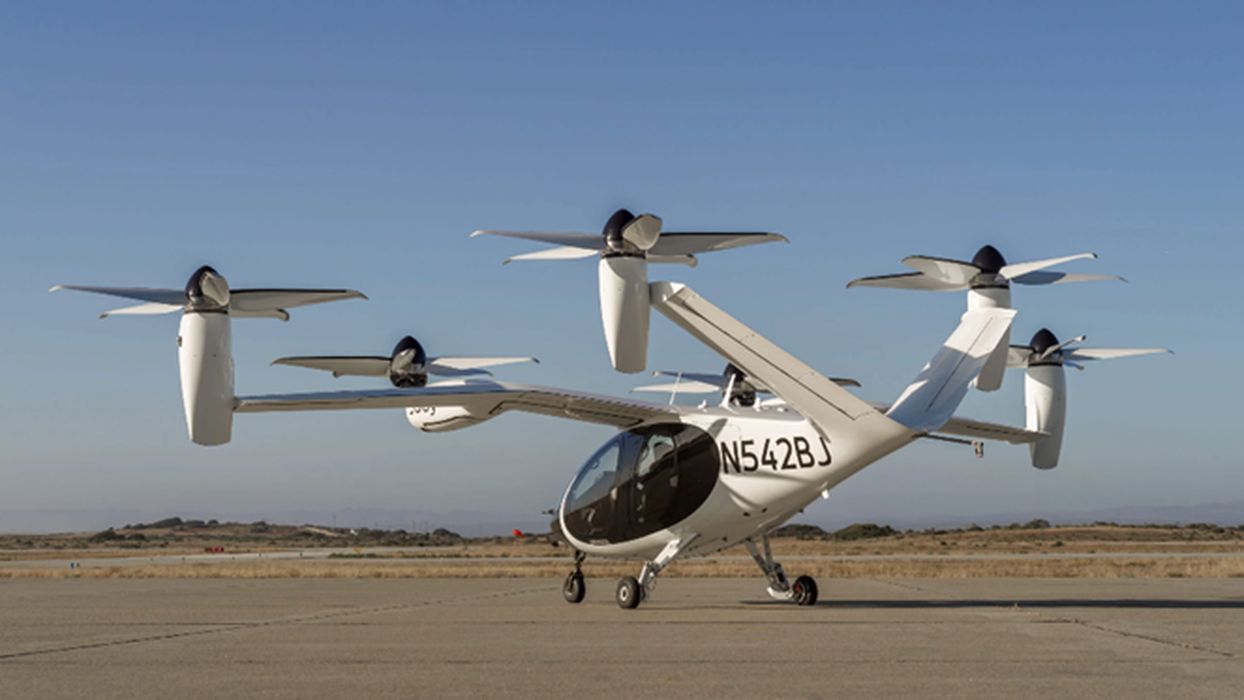
Charles R. Goulding and Preeti Sulibhavi discuss how companies such as Wisk Aero and Airbus are leveraging 3D printing technology to revolutionize urban air mobility.
The emerging electric vertical take-off and landing (eVTOL) aircraft industry aims to revolutionize urban air mobility with quiet, efficient and emission-free air taxis. We like new growth businesses that can benefit from 3D printing applications.
The Summer Olympics, set to take place in Paris this year, may showcase talents other than athletics. Companies in the eVTOL industry are vying to obtain approval to utilize their commercial flying taxis to help customers get around Paris during the 2024 Olympics. These companies are also hoping to demonstrate their technologies during an air show.
Many eVTOL startups are leveraging 3D printing technology to rapidly prototype and produce components for their aircraft. This article explores how some of the leading eVOL companies are currently utilizing or could benefit from 3D printing.
Wisk Aero
Formed in 2019 as a joint venture between Boeing and Kitty Hawk, Wisk Aero is developing the autonomous, all-electric Cora aircraft to transport two passengers for 25 miles. With around 100 employees and as an early stage startup, Wisk relies on rapid prototyping to test designs and innovations around the 12 rotors for vertical lift and the wing for forward flight. 3D printing parts like rotor mounts, winglets, and wing spars could enable quicker design iterations. If Wisk reaches commercialization, 3D printing may assist with lightweight components, custom interiors based on airline customer needs, and on-demand spare parts to reduce warehousing costs. The design freedom of 3D printing can unlock innovations in airframe shapes unique to the capabilities of autonomous eVTOL aircraft.
CitiAirbus
Unveiled in 2022, the 4-passenger CitiAirbus NextGen aims to certify an eVTOL air taxi for service by 2025. As an initiative by aerospace giant Airbus, the CitiAirbus team can take advantage of in-house 3D printing expertise from the A350 XWB aircraft that contains over 1000 3D printed parts.
For rapid prototyping, digital inventory and lightweight components, the CitiAirbus NextGen may use 3D printing for ductwork, interior brackets, passenger service units and even lever assemblies for the 8 overhead propellers. The autonomous flight capabilities could also utilize customized housings for sensing equipment and antenna mounts fabricated additively.
As the program progresses towards production, Airbus’ experience in 3D printing qualification can enable larger structural components like crew doors, landing gear and wing spars to be manufactured with weight savings of up to 30%. The design freedom and part consolidation of 3D printing will be key enablers as CitiAirbus NextGen strives to certify the first flying taxi.
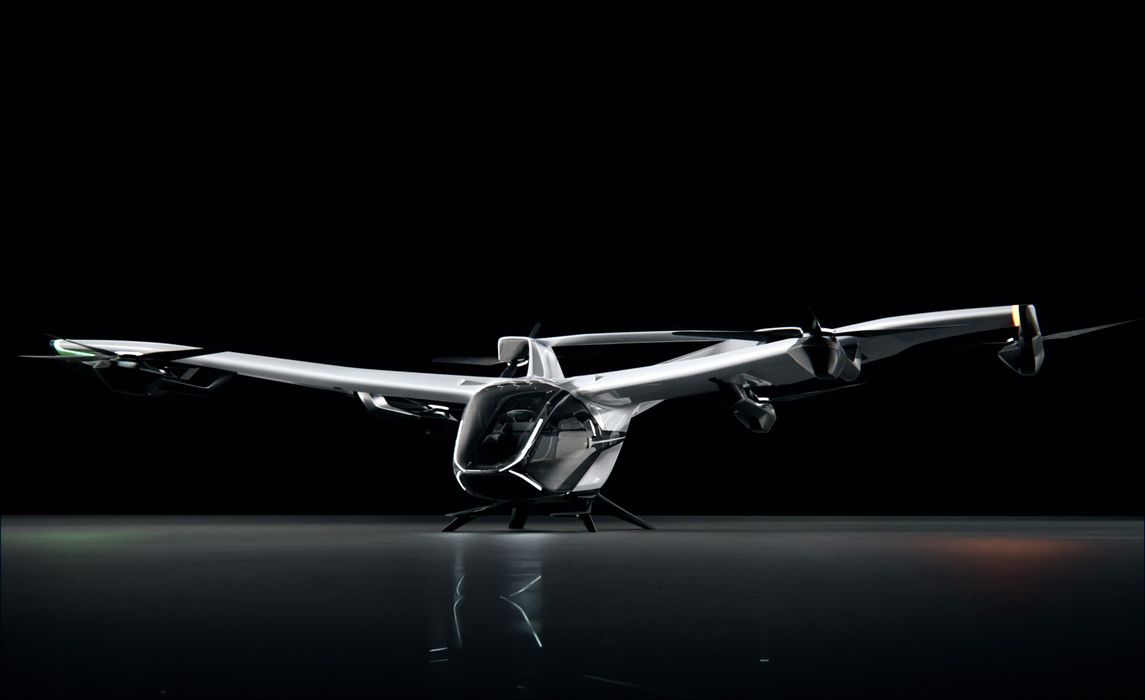
Groupe ADP
Paris-based Groupe ADP manages the Paris airports and is engaged in an eVTOL initiative aimed at developing air taxi services to and from airports by 2024.
In 2021, Groupe ADP announced a partnership with Volocopter to conduct feasibility studies and trials for launching eVTOL aircraft between Charles de Gaulle Airport and Paris city centers. The partnership aims to certify Volocopter’s 2-passenger VoloCity for regular operations by 2024.
Groupe ADP also took a minority stake in vertical takeoff pioneer Vertical Aerospace in early 2022. They aim to introduce Vertical’s VA-X4 eVTOL for initial runs between Paris-Charles de Gaulle Airport and downtown areas with potential expansion to other Group ADP airports.
The innovation efforts leverage Volocopter and Vertical Aerospace’s eVTOL technology for timely certification. By taking strategic stakes, forming partnerships and assessing infrastructure requirements, Groupe ADP aims make Paris a globally recognized pilot location deploying electric flying taxi services at scale over the coming years.
While the commercial projections are unclear, Groupe ADP’s airport resources and aviation expertise provide a valuable foundation for supporting and introducing eVTOL innovation in France.
Joby Aviation
Founded in 2009 and with 1000 employees, Joby Aviation is developing a five-seat eVTOL taxi service. Having raised over US$1 billion from investors like Toyota and Uber, Joby plans to launch commercial operations in 2025. Joby currently uses 3D printing to create lightweight parts for prototypes and ground testing. As production ramps up, 3D printing could enable mass customization of components and on-demand spare parts.
Lilium
German startup Lilium aims to launch a 7-seat eVTOL jet by 2025, providing regional air mobility. With over US$375 million in funding and 800 employees, Lilium’s full-scale Falcon demonstrator uses 3D printed ducts and other components to take advantage of 3D printing’s design freedom. Customized 3D printed interiors and ductwork could enable customer-specific jet configurations.
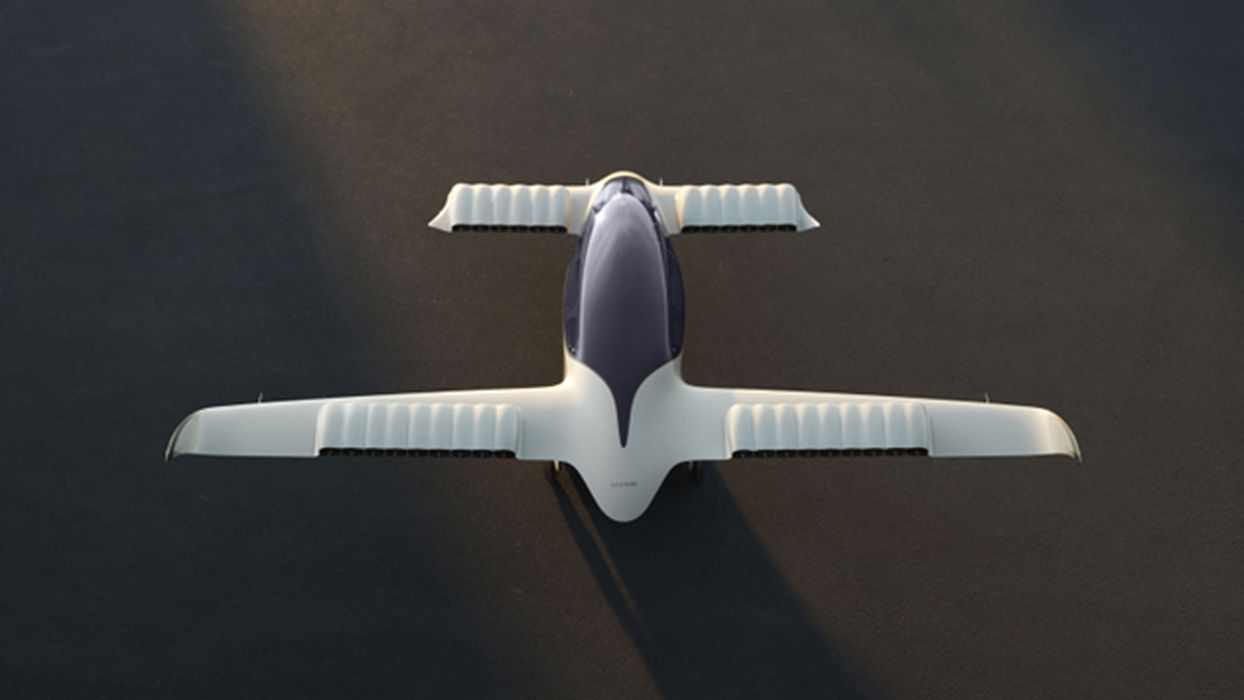
Archer Aviation
Silicon Valley-based Archer Aviation, founded in 2018, is developing an eVTOL taxi carrying 4 passengers 60 miles at 150mph. Archer became public via a SPAC merger, raising US$500 million to fund aircraft certification by 2025. As they work towards aircraft certification in 2025, a Reuters article reported that Archer is “3D-printing all-electric plane parts as it prepares to launch a network of air taxis in congested cities.”
This indicates that Archer is actively 3D printing prototype components to speed up testing. They could use accessible plastics and resin materials for items like ducts, cowlings and interior parts that are then swapped for flying prototypes. Their ONETM eVTOL design also includes 12 tilting rotors, many of which could be 3D printed to customize shapes, analyze performance and alter angles.
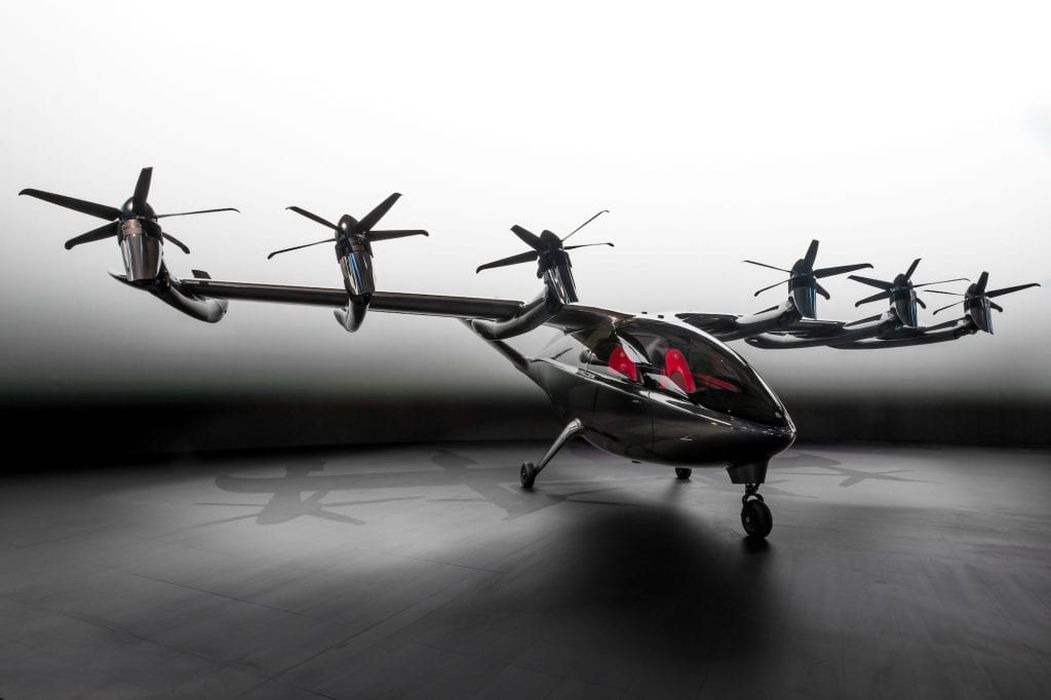
Additionally, Archer’s partnership with aerospace supplier Stellantis has developed 3D printed cables and wire harnesses that “will reduce prototype development time and replace existing architectures with 75% less weight and 95% less conductors.” Reduced wiring complexity through 3D printing promises continued innovations for Archer’s aircraft configuration. Archer could continue using 3D printing for selected plastic and metal components, streamlining the supply chain to avoid any disruptions.
Vertical Aerospace
UK startup Vertical Aerospace plans to certify their eVTOL VA-X4 by 2025, carrying 4 passengers over 100 miles. With capital from investors like American Airlines, Vertical uses 3D printing to explore lightweight parts for vibration damping, brackets or electrical housings. As volumes increase, 3D printing will allow customized medical interiors, supportive passenger seating and lightweight doors specific to customer requirements.
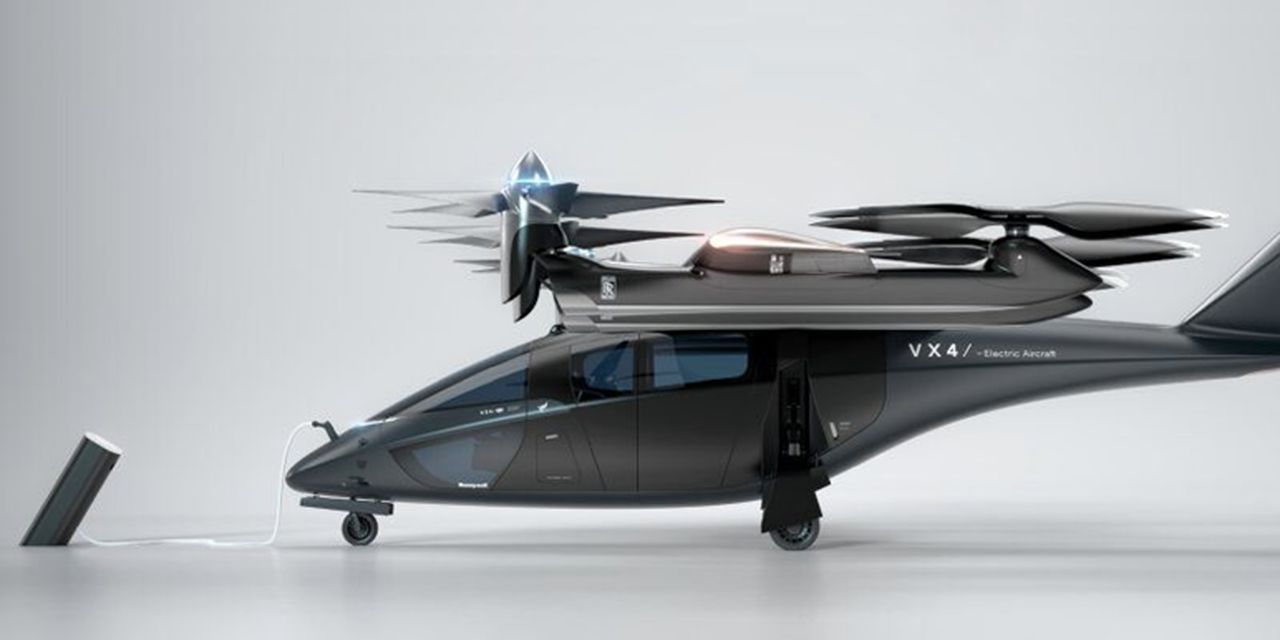
The Research & Development Tax Credit
The now permanent Research and Development (R&D) Tax Credit is available for companies developing new or improved products, processes and/or software.
3D printing can help boost a company’s R&D Tax Credits. Wages for technical employees creating, testing and revising 3D printed prototypes can be included as a percentage of eligible time spent for the R&D Tax Credit. Similarly, when used as a method of improving a process, time spent integrating 3D printing hardware and software counts as an eligible activity. Lastly, when used for modeling and preproduction, the costs of filaments consumed during the development process may also be recovered.
Whether it is used for creating and testing prototypes or for final production, 3D printing is a great indicator that R&D Credit eligible activities are taking place. Companies implementing this technology at any point should consider taking advantage of R&D Tax Credits.
Conclusion
The flexibility of 3D printing allows eVTOL startups to quickly iterate designs, create lightweight components and manufacture customized parts on demand. While still in the prototype stage, the potential of 3D printing across the eVTOL manufacturing value chain is significant – from initial concepts to aftermarket support. Seeing an eVTOL in action is like watching an episode of the “Jetsons.”
Numerous colleges are participating in eVTOL competitions, which like robotics is an engaging way to get the next STEM generation involved. As these emerging air taxi companies mature, 3D printing promises simpler supply chains through part consolidation and digitized spare inventories. This innovative technology will play an integral role as eVTOLs revolutionize urban and regional mobility in the coming years.
